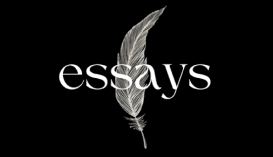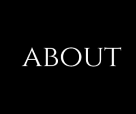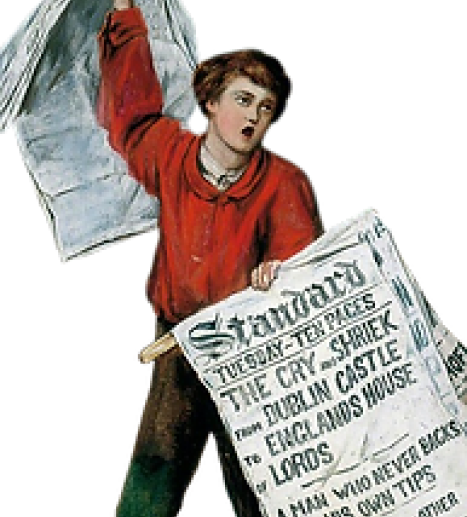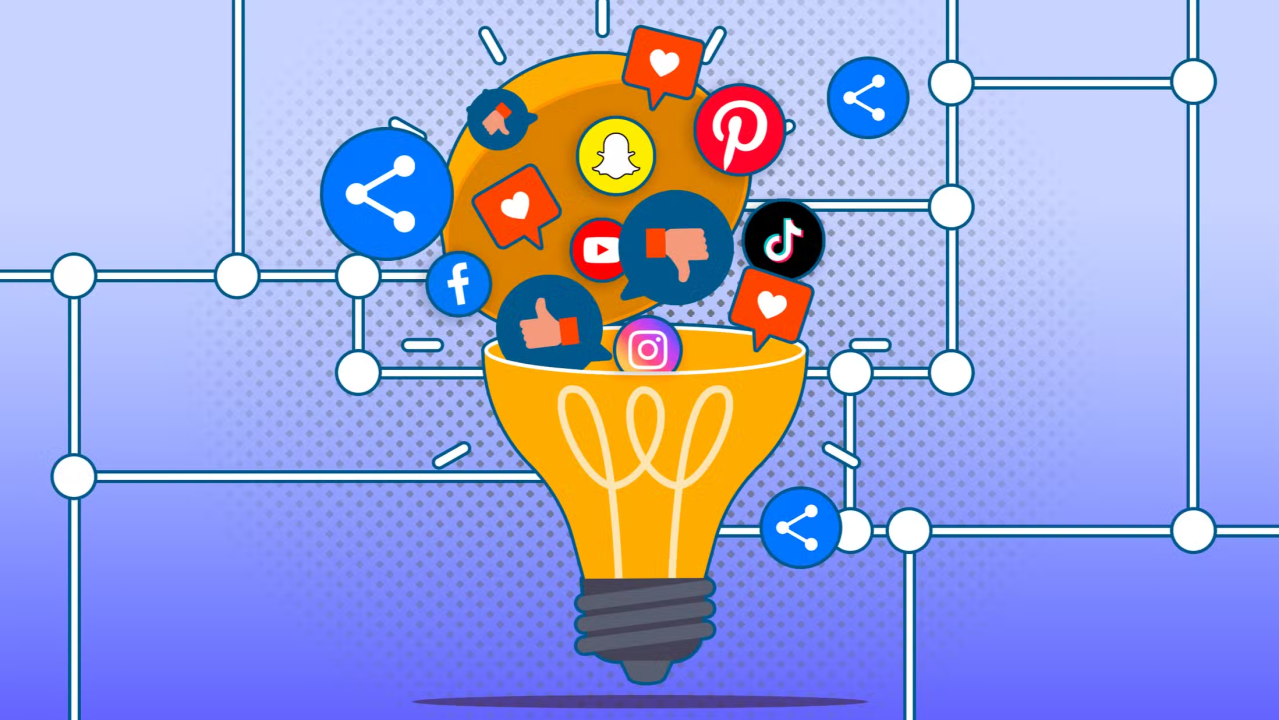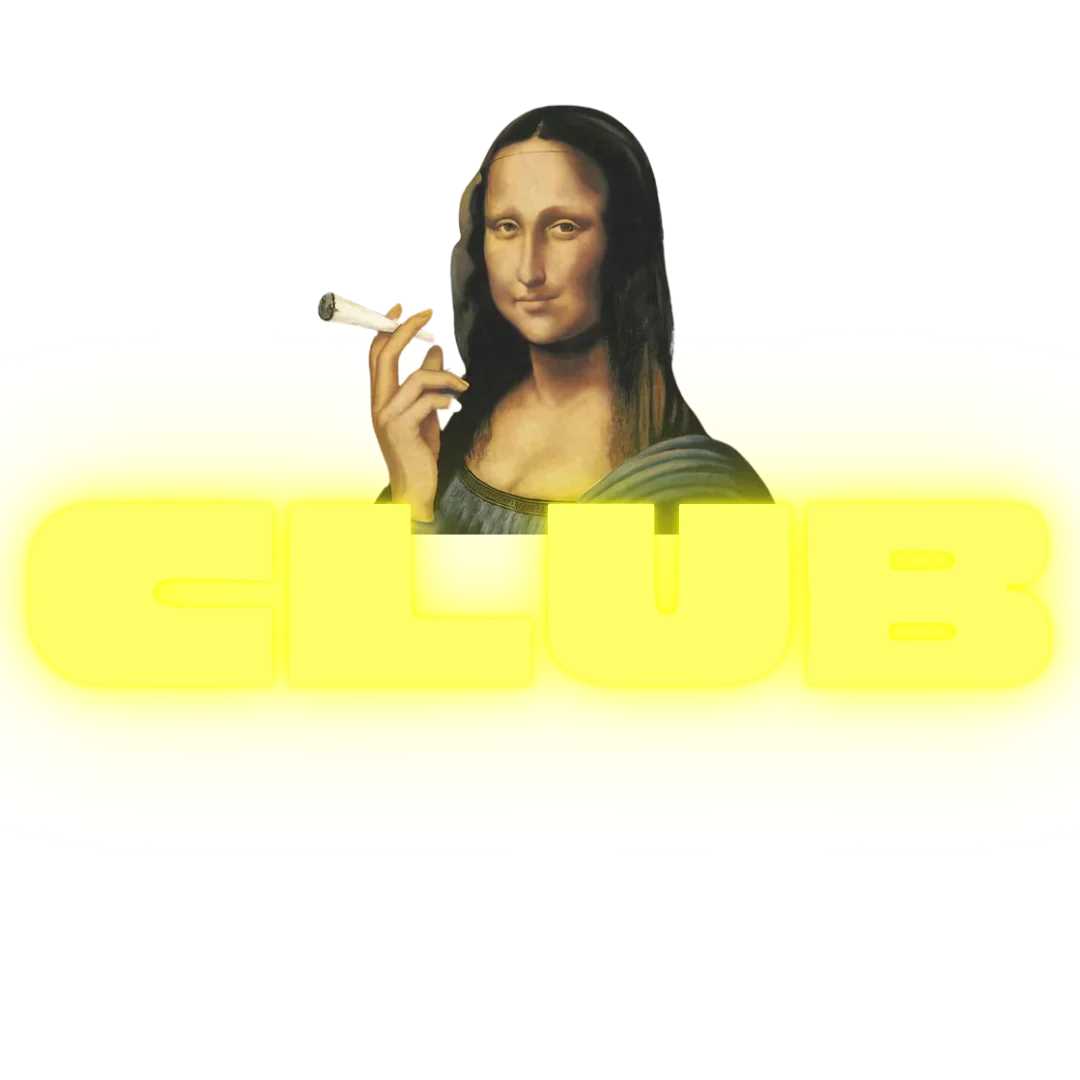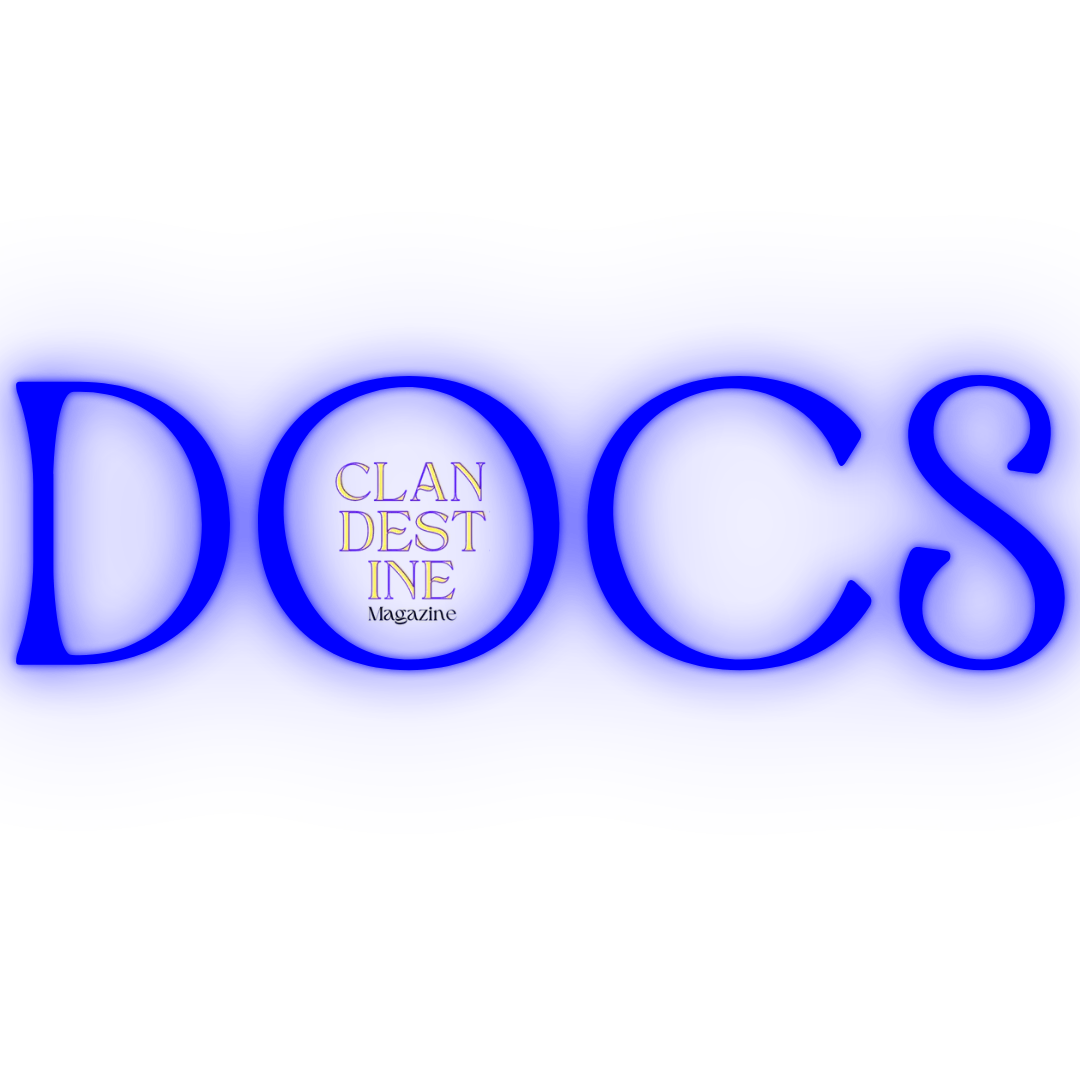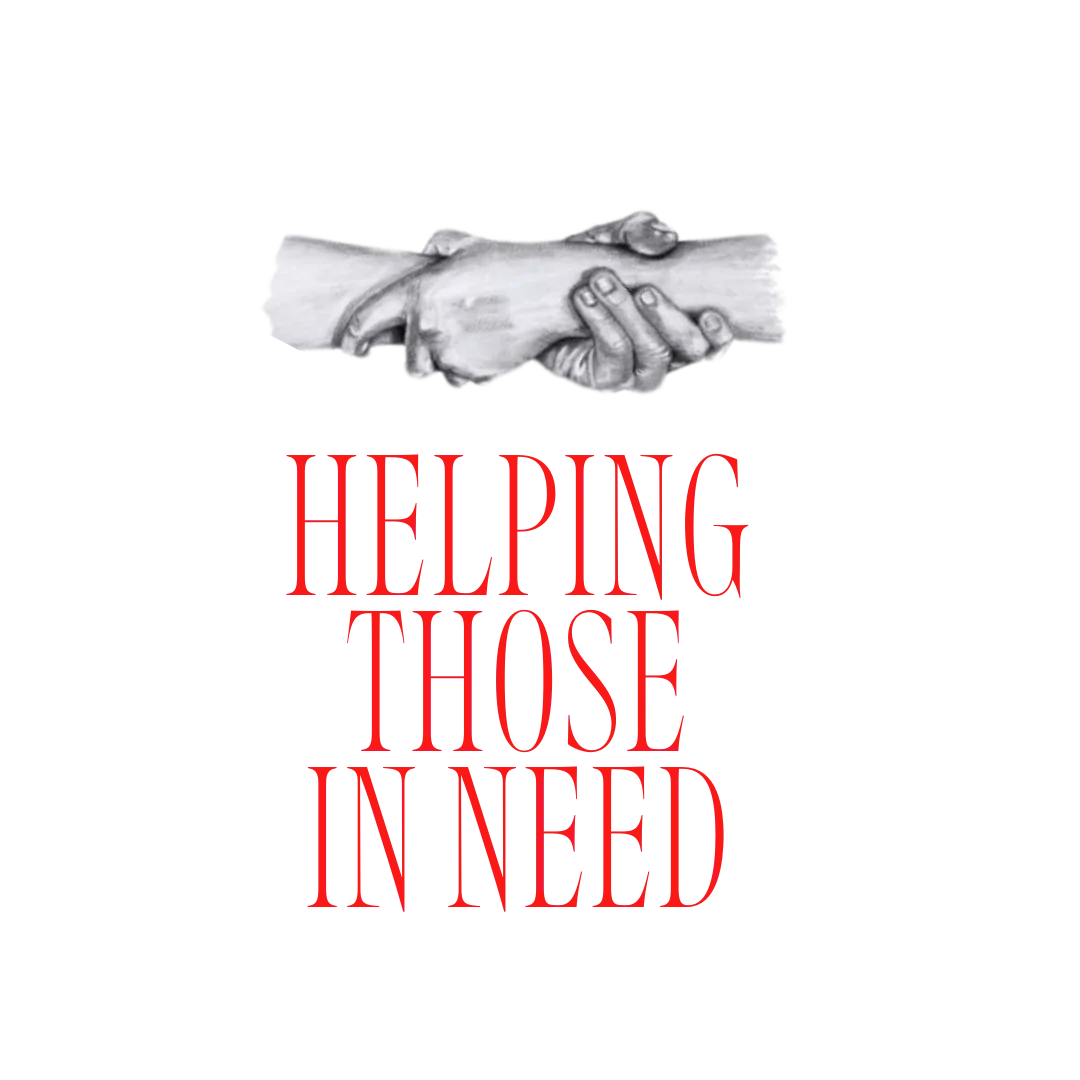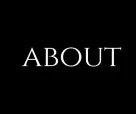Do you ever find yourself scrolling endlessly through TikTok, or Instagram reels, and get swept up in the current of the media machine. You flick to the comments to contribute to the discourse and instead find your own thoughts staring right back at you – the same reaction, the same emojis and jokes. You may simply put it down to a likeness of mind or perhaps a shared sense of humour. But then it happens again and again and another time after that. Can it be purely put down to coincidence?
After hours of endless scrolling, I realised that the feed had predicted my humour and anticipated my laughter before I had felt it. I had believed it was my own taste reflecting back at me but was so naively unaware of how far the algorithms reach extended. The more we personalise our feeds the more depersonalised we becomes ourselves. We let ourselves get swept away by the comfort of a system that can predict our humour, style and interests. We have surrendered our aesthetic autonomy to an invisible curator who knows us better than we know ourselves. Which then begs the question, is there anything original about us? Do we have an identity outside of the one curated for us?
The media decimates originality. What we follow and what we like paints a statistical portrait tailored to our personal preferences. The result being the creation of an inescapable feedback loop in which the line between what we choose and what is chosen for us blurs.
It is easy to become wrapped up in the machinations of the media, but it is important to be aware that the thumbs up metrics and the hearted videos all contribute to the algorithm. The more you like, the more you begin to confirm to a sub-set of data predesigned for your specific taste. How can we branch out and inspire new ideas if we are stuck within an endless tunnel of reels and shorts. Familiar patterns of scrolling are created, and attention-spans are diminished. Over time, taste begins to lose breadth, and interesting, longer, pieces of work, are less likely to survive the cruelty of the feed.
Think back to the viral core aesthetics that dominated the internet not so long ago, the clean girl, the Y2K revival – once regarded as distinct, even personal, expressions of style. However, most of these aesthetics can be traced back to the same handful of creators, the same circulating set of images. We are offered the illusion of originality yet bound by conformity. Oversaturated with content, we grow numb to the sincere and the subtle; what was once authentic becomes corrupted through endless repetition by the digital curator.
Take, for instance, the phrase ‘The lion does not concern himself with the opinion of sheep. ’ Once striking and self-assured, it has been stripped of meaning through overuse, now recycled into absurd variations like ‘The lion does not concern himself with doing the dishes’ or ‘with replying to emails. ’ What began as an assertion of confidence has been reduced to irony, its emotional charge diluted into meme culture’s endless self-parody. Individuality now manifests as a remix of what is already trending, each expression another echo in an increasingly uniform feed. This erosion of authenticity extends beyond visual culture — it seeps into how we listen, watch, and even feel. Taste itself has become performance.
Even music taste has become a reflection of society’s desire to project a certain image. People now curate their Spotify libraries not around emotion or instinct, but around aesthetics – playlists designed to look like identity rather than express it. The songs we listen to have become shorthand for character, each track reinforcing a carefully maintained persona. Our Spotify Wrapped dictates our preferences; our recommendations decide our moods. Somewhere along the line, the boundary between what we love and what we are told to love has quietly dissolved.
We as consumers have become the vessel to which prefabricated desires are projected. We used to listen to music by buying CDs, we used to stroll around record stories and linger in book shops; but now songs are found via a playlist, and books are chosen based on recommended reads. Identity used to be our own, yet now it is informed by Pinterest boards. We are losing our culture as a society.
These algorithmic dynamics aren’t just personal; they have reshaped our culture. If millions of people are shown the same feed, the same loop, our aesthetic preference narrows, how are we supposed to grow as a society, if everyone thinks and consumes the same. The comment sections that mirror your thoughts are no longer a coincidence, but a by-product of a carefully curated feedback loop.
And though these shared trends can build communities, access does not do equal autonomy, and despite being introduced to new concepts, it is the algorithm that chooses them not you. It is not the same as choosing them independently: you lose the entire process of deliberation. If the data engine decides your hobbies, and your hobbies become your personality, and your personality is your identity, where do you end, and where does the media machine begin?
I don’t want to live on autopilot, letting an algorithm decide what I find funny, beautiful, or worth my time. I want to choose again, to wander through a bookshop and pick something because the cover catches my eye, not because I saw a social media post about it. I want to listen to songs that make me feel something, not ones that make me look like I have good taste. Maybe reclaiming aesthetic autonomy isn’t about rejecting technology entirely, but about learning to pause long enough to remember what we like, before we were told to like it.








